Optimizing product listing images one of the most important things you can do to increase your brand’s sales on Amazon.
With 400 million SKUs to compare, shoppers are looking for products they can easily identify as meeting their needs, quickly. When shopping in a retail store, customers often use several senses to make purchasing decisions:
Sight
Visual assessment of whether the product will solve my problem or make my life better. This often relates to packaging.
Smell
Does the product have a pleasant smell? Important for products in some categories like household cleaning products, health & beauty, and food products where smell might be used as a proxy for taste.
Touch
Tactile assessment of the quality of the product, or other desired feature. Take bedding for example- is it soft? Or for a suitcase - is it light?
Sound
Relevant for products where a specific sound is needed, or lack of sound. For example, electronic pest deterrents should not be too noisy; but a baby monitor should pick up on every sound!
Taste
Relevant only for food and beverage products. Some stores, like a gourmet tea store, might offer sampling of products to help make a purchase decision.
Now consider the only sense shoppers can use when buying online is sight. The touch, smell, sound, and taste of a product is still as important as it is in the “real” world, so brands have to find ways to bring those sensory experiences to customers. While effective product descriptions and product reviews can help customers make buying decisions, product images are one of the most direct ways to communicate the features and benefits of a product in an online setting.
Amazon gives brands the ability to add 7 to 9 product images to their product pages. And if you’re a Vendor on Amazon, you can also add a product video which can be even more effective at showing the features of a product.
So what types of images should brands include
on their product pages?
Here are the 5 essential images your brand needs to include in your product listings to maximize conversions and clicks.
1. The Product Photo
This is the first picture that customers will see of your product in the search results, so it's particularly important to get right. According to Amazon’s rules, the image should have a white background and only feature the product, with no props or packaging displayed.
Which image would you click on?
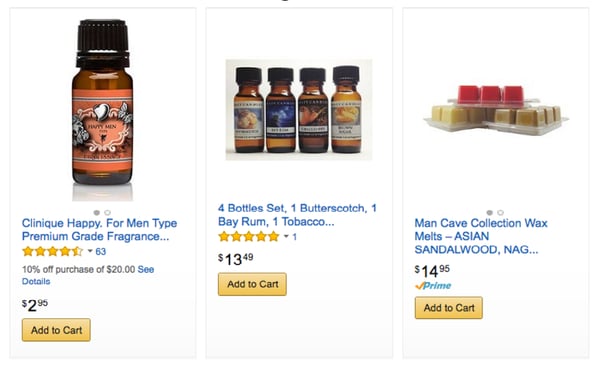
Above: Screenshots of Products
Other tips for the main product image
- Closely crop, to show the product in as much detail as possible.
- Make it stand out: Look at competing products and consider how to make your brand visually stand out in the search results.
- Product photos should have good contrast and be well lit.
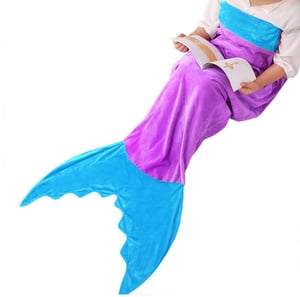
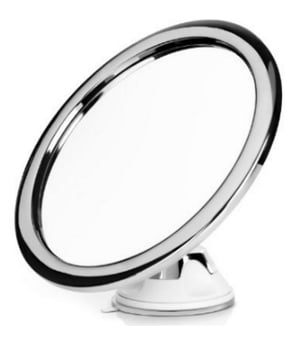
Above: Screenshots of Products
2. Product in packaging
Be sure to include a picture of the product inside or alongside the packaging - just like how a customer would see it in a retail store setting. This is particularly important for products which may be given as gifts.
3. Product In Use
Demonstrate the intended use of the product. Include 1-2 images of the product being used by a model, or staged in an ideal setting.
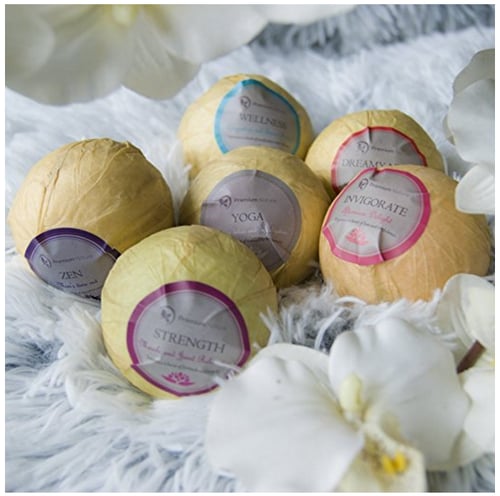
Above: a product staged in an appealing home setting.
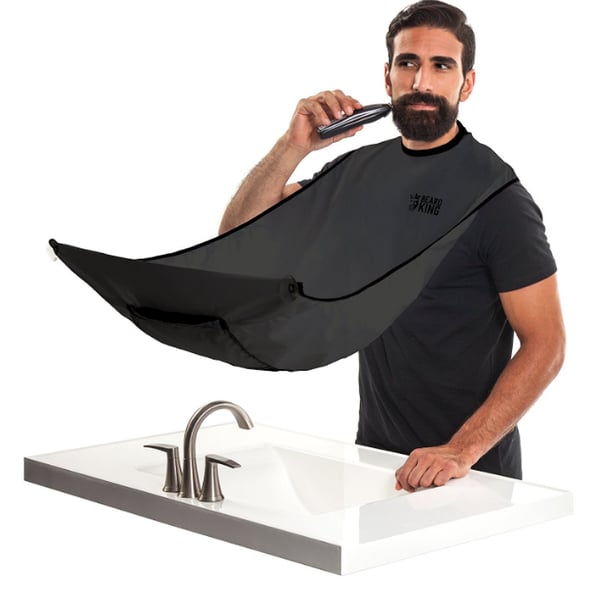 Above: Product being demonstrated by a model.
Above: Product being demonstrated by a model.
4. Lifestyle photo
For the lifestyle photo, there may potentially be some crossover with the "product in use" shot, but that's fine -- it simply reinforces the product's usefulness or desirability. This image helps the customer imagine how the product solves their problem or improves their life in some way.
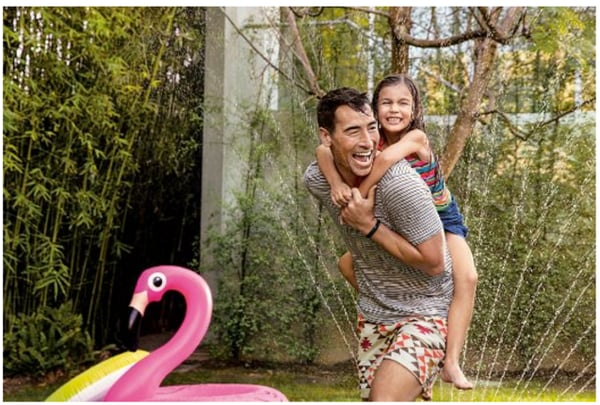
5. Features and Benefits
Explicitly state benefits of the product which will help consumers to make a purchase decision. These can include safety and quality assurances, product awards, media features, etc.
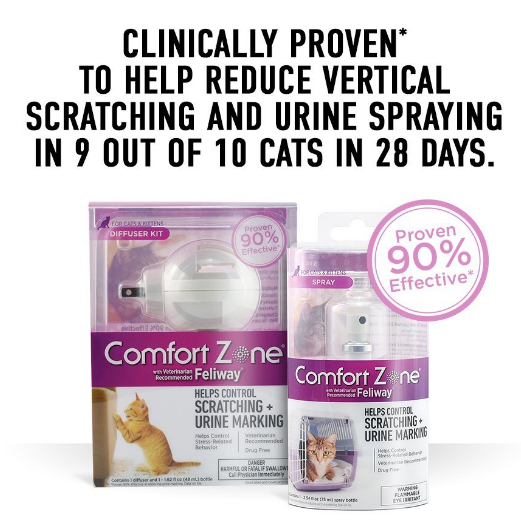
Above: Screenshot of Product
MORE TIPS FOR EFFECTIVE IMAGES
1. High resolution is a must (>1,000px) to enable the zoom feature
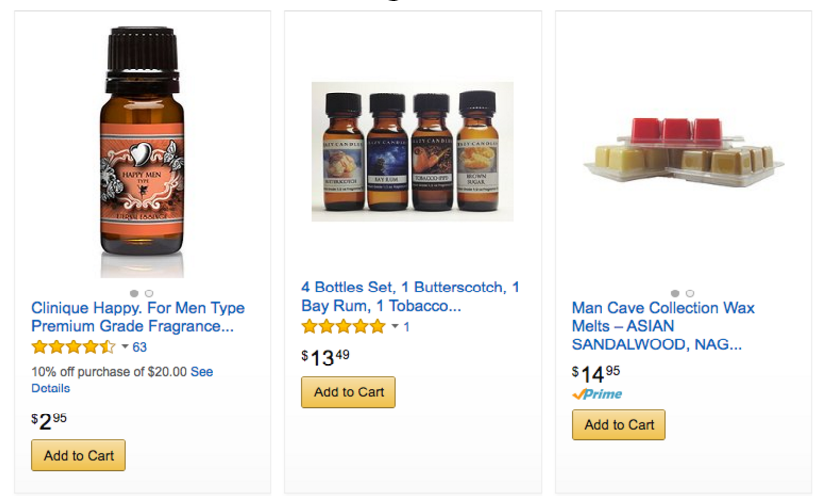
Above: Screenshot of Products
2. Crop the image closely to maximize space on the listing
3. Try to use all the 7-9 available image slots that Amazon provides. Make each one unique.
4. Consider: how does this image help to describe the features and benefits of the product?
5. Consider: what images are needed to create a sensory experience? E.g. smell, touch, taste, sound?
OTHER PRODUCT IMAGE IDEAS TO CONSIDER
CUSTOMER TESTIMONIALS
Create graphics which highlight reviews and testimonials from happy customers. This can be particularly effective for new products without any reviews on the Amazon platform.
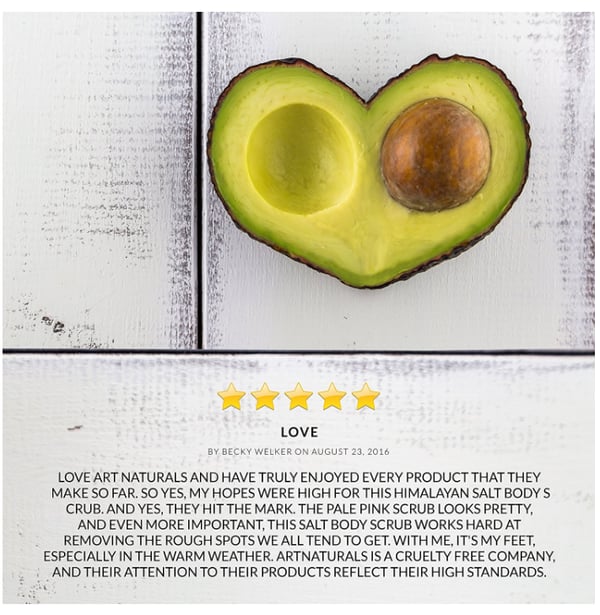
SEASONAL OR HOLIDAY THEMED IMAGES
Add images which show how the product can be given as a gift or used in a holiday setting.
HOW-TO
Visually describes how to use the product. Reduces concerns about ease-of-use.
DIGITAL PRODUCT ELEMENTS
When a digital element accompanies the product, it’s useful to highlight the functions of the app through a sequence of screenshots.
BEFORE & AFTER
A before and after graphic can effectively demonstrate a product which is designed to have a transformative effect.
ORIGIN STORY
If your brand or products have a unique origin story, use one of your available image slots to tell the story.
DIMENSIONAL IMAGES
When a core benefit of a product is its size, an image that puts the product in proportion with the body can be helpful.
CLOSE-UP OR AN INTERESTING ANGLE
Extreme close-ups can demonstrate touch, and images showing how food products can be served are useful for visually demonstrating taste. Consider the close-up image below which provides a sensory experience of taste and texture - something that would have been lost with a packaged cookie image.
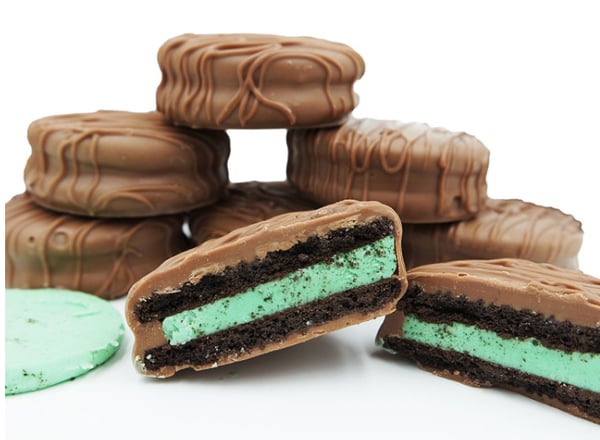
Above: Product Image
IN CONCLUSION
Because online shoppers only have the sensory experience of sight when browsing online, brands need to understand how to effectively use product photos and images to communicate the features and benefits of their products.
Amazon provides 7 to 9 image slots for brands - and they should be used to full effect in order to increase clicks and conversions.
Sounds good in theory, but are you struggling to
put these best practices in place?
Bobsled Marketing helps brands to optimize their presence on Amazon to increase reach and revenue. Contact us today to learn about about how we can help grow your sales on Amazon as a Vendor or Seller.
.png)

